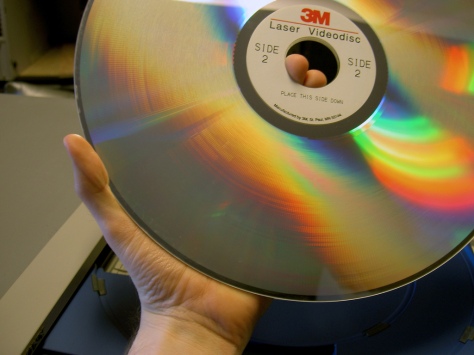If I had to use one word to describe educational technology, it would be “evolutionary”. After reflecting on what I’ve been learning over the last 6 weeks, the one thing that is constant in educational technology is change. Take one of my first blog posts, for example, where I paid tribute to the laser disk. Technology in education has obviously changed since I was in the 7th grade, and it is changing more and more rapidly. This only means that it is our responsibility, as educators, to keep the pace and use current technology with our students so they may have an authentic real-world driven educational experiences that become more meaningful as they enter the workplace and beyond. Closing the technology gap is an issue that I can have control of, to some extent, and using technology in the classroom is not without it’s drawbacks. Technology that is ever-evolving takes support, know-how, time to learn, implement, and teach. When these pieces fall into place, using technology in the classroom creates life-long learners of both teacher and student.
Click here to see my depiction of what educational technology means to me.
As a means to reflect on the course as a whole I was asked the following questions:
What challenges did you face in this course? The pace was fast, and that was probably the most challenging aspect of the course for me. Also, setting up so many new accounts, learning to navigate Moodle and WordPress at the same time proved frustrating at times.
What strategies or other creative resources did you use to address these challenges? I became organized real fast with a work setting and schedule. At times, when the “moodling” became overwhelming, I enlisted the help of Tara Bract meditations via podcast:)
Which artifact do you feel was your best and why? I enjoyed doing the graphic representation because it helped me bring the class into focus and allowed me to reflect on how I would apply my new knowledge in light of a new school year fast approaching.
What is one thing you plan to do in your school or business as a result of this course? Do one small, deliberate thing each semester to close the digital divide!

